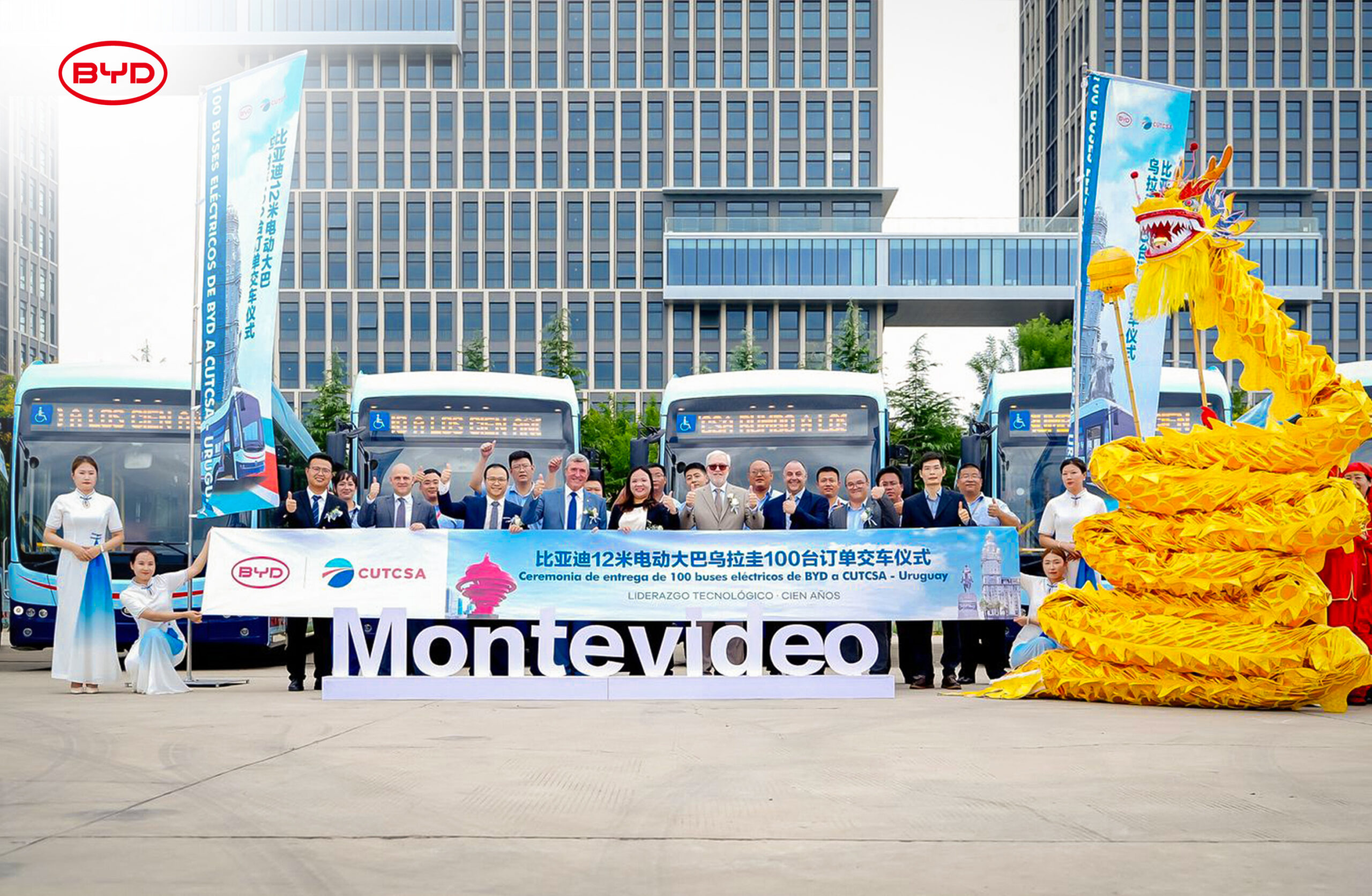Sign up for daily news updates from CleanTechnica on email. Or follow us on Google News!
Standing on a podium is a symbol of ultimate success in sports. It is the dream of young athletes and the signifier of long careers for veterans. Usually, the podium is constructed of prefabricated concrete and then topped by multiple wood, concrete, or metal framed stories. At this year’s Olympics, however, the silver-colored podiums are constructed of 100% recycled plastic. It’s part of a larger commitment by the Paris Olympic Committee to sustainability like has never been seen before in the Games.
To create the panels used for the 68 silver-hued Olympic victory podiums, Le Pavé used 18 metric tons of recycled plastic and plastic foam food containers. Le Pavé incorporated 100 metric tons of recycled bottles and bottle caps to make panels for the 11,000 stadium seats, which were pressed into form by a French company specializing in arena seating.
 Chip in a few dollars a month to help support independent cleantech coverage that helps to accelerate the cleantech revolution!
Chip in a few dollars a month to help support independent cleantech coverage that helps to accelerate the cleantech revolution!
“There is an overabundance of plastic that is harming the environment but which also has proven economic potential if it can be repurposed,” said Marius Hamelot, 29, a co-founder of Le Pavé, which industrializes plastic waste to make green construction material. By 2019, the company had patented a thermal compression molding technology for use in the building sector. In a small factory on the outskirts of Paris, Le Pavé has transformed millions of multicolored bottle caps and shampoo bottles into 11,000 bleacher seats for two nearby sports arenas for the Games.
The company describes its SoftSurface material as local, durable, recycled, and healthy, and their French social enterprise is labeled as ethical and fair-trade plastic. Such a circular economy method has gained traction in the past few years as a primary strategy for achieving a sustainable waste and resource management system.
The company has grown from its initial staffing of just three employees to 34 employees, largely based on the unexpected call from Solideo, the French company overseeing infrastructure for the 2024 Olympics. The organizers, who were seeking to slash planet-warming emissions in half compared with previous Games, asked if Le Pavé would be able to produce 11,000 chairs for a new Olympic Aquatic Center being built to host swimming, and for the new Adidas Arena, which would hold gymnastics and badminton competitions. Two new Le Pavé factories resulted.
The firm’s first plant in Aubervilliers, France, produces smaller panels — up to 140 x 90 cm — out of HDPE or polystyrene. For the yellow seats used in the Olympic pool arena, Le Pavé worked with a local collecting network called Lemon Tri SAS. The small, Paris-based recycler uses 60 collection points for bottle caps that are sorted according to color by another company that is a social enterprise that employs people in need. After Lemon Tri shreds the material, Le Pavé mixes these reclaimed plastic chips to obtain the desired even distribution of colors. It then heats and compresses the resulting materials in their customized machines.
The panels made via Le Pavé’s thermal compression molding process usually are black or white but with flecks of colors. “We didn’t use a regular screw on the extruder,” Hamelot explains, “because we want the color to show through.” This aesthetic helps to reinforce that the materials are indeed recycled. Le Pavé then smooths and sands the panels before sending them to other partner companies in France which cut and assemble them. The material can be sawn, drilled, sanded, and thermoformed.
“It was an incredible opportunity,” admitted Jim Pasquet, Le Pavé’s other co-founder. “We are a new type of industrial start-up, focused on environmental needs, and our goal is to become a European leader.”
Their recycled plastic comes from France, and the company uses two types of waste to manufacture it produces:
- PIR (Post-Industrial Plastic), for example, material scraps used in cosmetics
- PCR (Post-Consumer Plastic), for example bottle caps, yogurt pots, refrigerator doors, etc.
The company added an educational dimension, asking a nongovernmental organization, Lemon Tree, to include 50 elementary and middle schools in the Ile-de-France region. Around 1,700 schoolchildren collected one million yellow bottle caps that were used to infuse the black-and-white stadium chairs with flecks of color.
The IOC’s Climate Commitment
The role of the International Olympic Committee (IOC) in promoting environmental policies includes minimizing the ecological impact of the Games and ensuring a positive legacy for host communities. An evolution of environmental awareness and responsibility in the staging of the Olympic Games has taken place over the years as policies and measures taken to reduce environmental impact have increased exponentially.
While sports are major global events that can have a positive impact on humans due to their community-building and physical exercise components, they can also have negative effects on the environment. The production of massive amounts of waste during events like the Olympics can lead to land and water pollution, harm ecosystems, destroy biodiversity, and negatively impact human health.
Researchers say the amount of waste produced by stadiums around the world varies depends on factors such as population density, lifestyle, levels of consumption, and commercial activities near the stadiums. Weather conditions, seasons, and changes in people’s behavior can also influence waste production. Understanding the variety of stadium waste (production rate, quantity, quality, source, etc.) and the characteristics of the host city is essential to design and implement sustainable waste management systems. Inefficient waste management can result in resource depletion, visual pollution, high management costs, and adverse effects on human health.
As early as 2012, the International Olympic Committee expressed concern about the environmental impact of its sporting events by adding solid waste management to its report on “Sustainability through Sport.” That early analysis has evolved into goals for this year’s Olympics to contribute to global sustainability efforts, to minimize the Olympics’ footprint, and to maximize the Olympics’ “positive influence across social, environmental, and economic spheres.”
Now the IOC embraces a series of sustainability principles to:
- include sustainability in its day-to-day operations
- include sustainability in its procurement of goods and services, as well as events organisation (meetings, conferences, etc.)
- reduce its travel impact and offset its carbon emissions
- apply the best possible sustainability standards for the consolidation of its Headquarters in Lausanne
- engage and assist Olympic Movement stakeholders in integrating sustainability within their own organization and operations by developing recommendations, providing tools, outlining mechanisms to ensure the exchange of information between Olympic stakeholders
- use existing channels to help and assist in implementing initiatives
Have a tip for CleanTechnica? Want to advertise? Want to suggest a guest for our CleanTech Talk podcast? Contact us here.
Latest CleanTechnica.TV Videos
CleanTechnica uses affiliate links. See our policy here.
CleanTechnica’s Comment Policy





